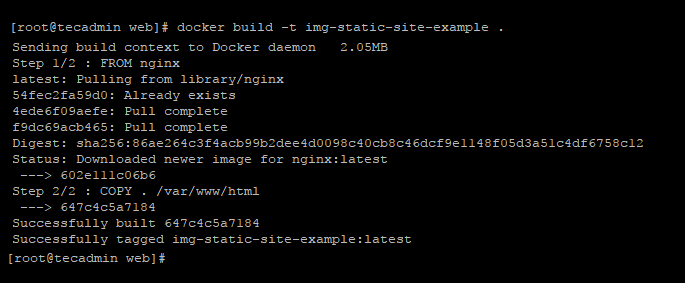

We use docker ps -a to confirm that it is gone.We then removed the “Exited” container for good with docker rm.We listed it again with the docker ps -a command.This is because stopped containers only show up with the docker ps -a command. We then stopped it and then tried to list it out with the docker ps command but did not see it.

DOCKER RUN IMAGE AND DAEMON INSTALL
Install Azure CLI in Docker Note The Azure CLI has migrated to Microsoft Container Registry. The image can also be used as a base for your own deployments. Docker gets you started quickly with an isolated environment to run the CLI in. Sometimes instead of starting a bash shell, I start the Docker container and let it run its default CMD command. You can use Docker to run a standalone Linux container with the Azure CLI pre-installed. Just run exit or hit ctrl-D like you normally would. To exit out of the docker container bash shell. In the root of the services directory, run the following command: docker build -tag projectz-svc. This makes it so the bash shell you’re launching behave more like a normal command shell. It’s easy to remove the Exited containers but the -rm will automatically clean house for you. Without this option, what ends up happening after playing with a few containers is that you’ll end up with a bunch of “Exited” containers that show up with docker ps -a. Once you exit from the container the docker container will automatically be removed. Let’s cover the options and their purposes: Option To stop Docker when you have started it manually, issue a Ctrl+C in your terminal. When you start Docker this way, it runs in the foreground and sends its logs directly to your terminal. When I’m jumping into bash shell to explore, I find myself using these docker run options: -rm -ti. You may need to use sudo, depending on your operating system configuration. The command above starts a docker container and puts you into a bash command. Server version: Apache/2.4.6 (Amazon Linux 2)Ĭonf conf.d logs modules run $ docker run -rm -ti boltops/docker-tutorial bash


 0 kommentar(er)
0 kommentar(er)
